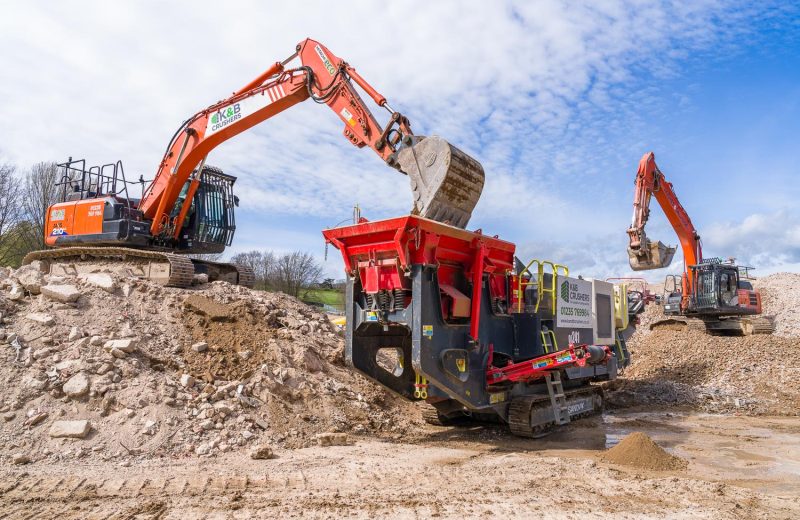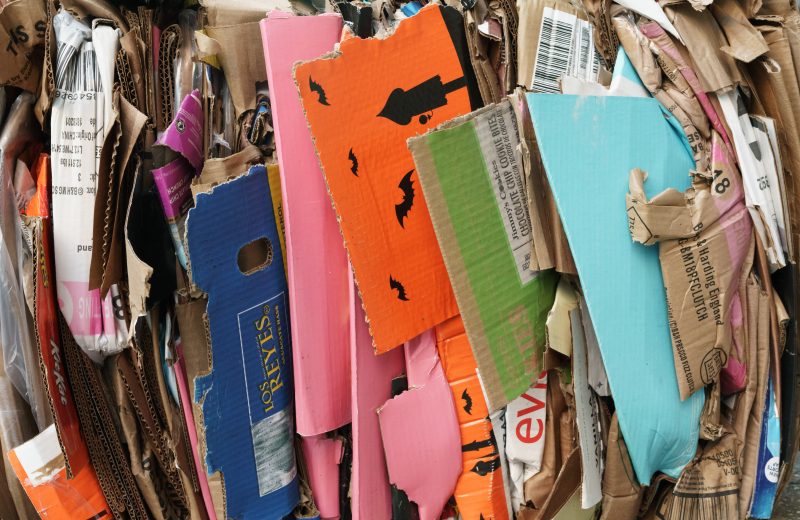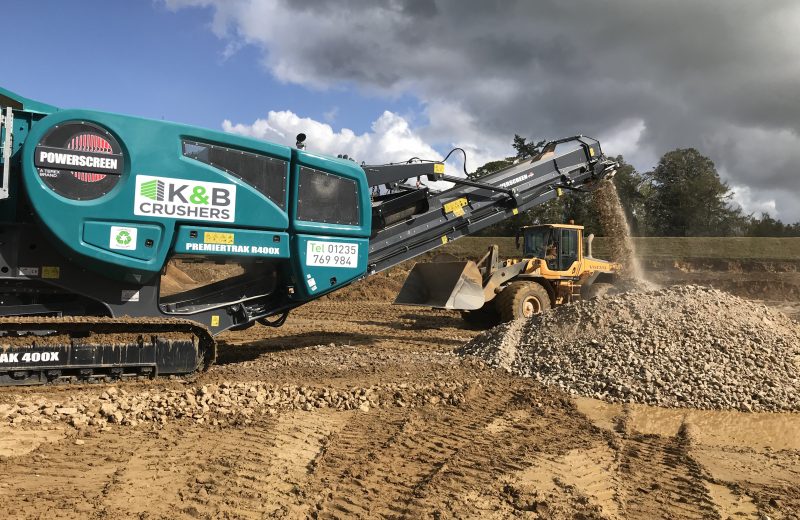Demolition and construction are, by their nature, hazardous occupations. Is the waste produced by construction dangerous, too?
Dangerous Materials
Demolition sites are often far more dangerous than the materials they harbour – but we’ll get to the materials themselves shortly. Sites need proper management and clearance in operation, to minimise the risk to workers and the public.
Rebar – the steel reinforcement commonly used to strengthen concrete under tension – can often be seen poking out of demolition waste. The ends are often roughly cut and sharp, which poses a gruesome impalement hazard on an already uneven and unstable surface.
Wood and nails are sticking hazards, too. It’s important to remember that even minor cuts can easily become infected on a dirty site, leading to serious health problems.
Potential dangers are everywhere in construction: fall and trip hazards, sharps and impalement hazards to name but a few – but the materials themselves are not to be overlooked.
Hidden Dangers: Construction Waste You Didn’t Know was Hazardous
Asbestos is notoriously deadly. Identifying and disposing of it takes expertise, but it’s common knowledge that this substance kills. Asbestos aside, do you know of any other harmful items you might find on a construction site?
The following list might surprise you.
- Gypsum materials, including plasterboard
- Bituminous mixtures – coal tar and tar products
- Treated wood, glass and plastics
- Cables and piping used to carry dangerous substances
- Dredging spoil
- Rubble or hardcore that has mingled with dangerous substances
- Unused cement
- Paints, varnishes and their removers
- Adhesives and sealants
A dedicated waste management organisation will be able to identify and safely dispose of construction waste like this, in a professional and reliable way – reducing the risk to workers and to the public.
Safely Managing Waste
Construction firms that generate less than 500kg hazardous waste on each site do not need to register with the Environment Agency – but a specialist waste disposal company will be required to put a safe and effective site management plan in place.
Not only can site management reduce risk, it can reduce waste by recycling inert waste materials.
Why Recycling Construction Waste is Important
Recycled materials are cheaper and can often be sourced directly from your own site. With finite natural resources available and the increased emissions associated with mining them, reusing inert waste as backfill, aggregates and ballast also reduces the environmental impact of the construction sector.
K&B Crushers for Construction Waste Recycling
With our advanced fleet of concrete crushing equipment and experience in complex waste management, we’re nationwide experts in construction recycling. To dispose of construction waste with K&B Crushers, talk to us today – call us now on 01235 769984.



